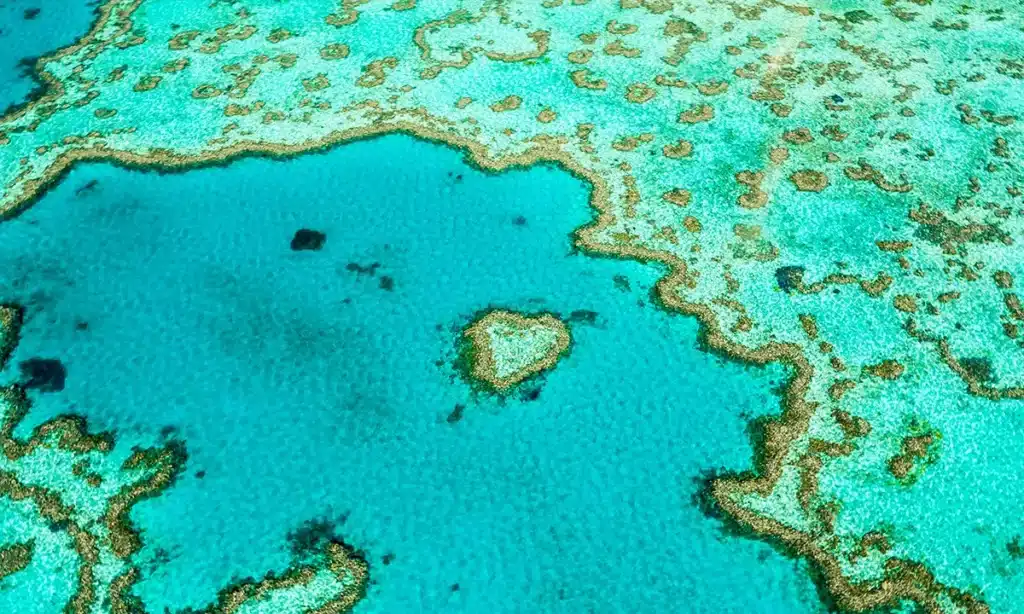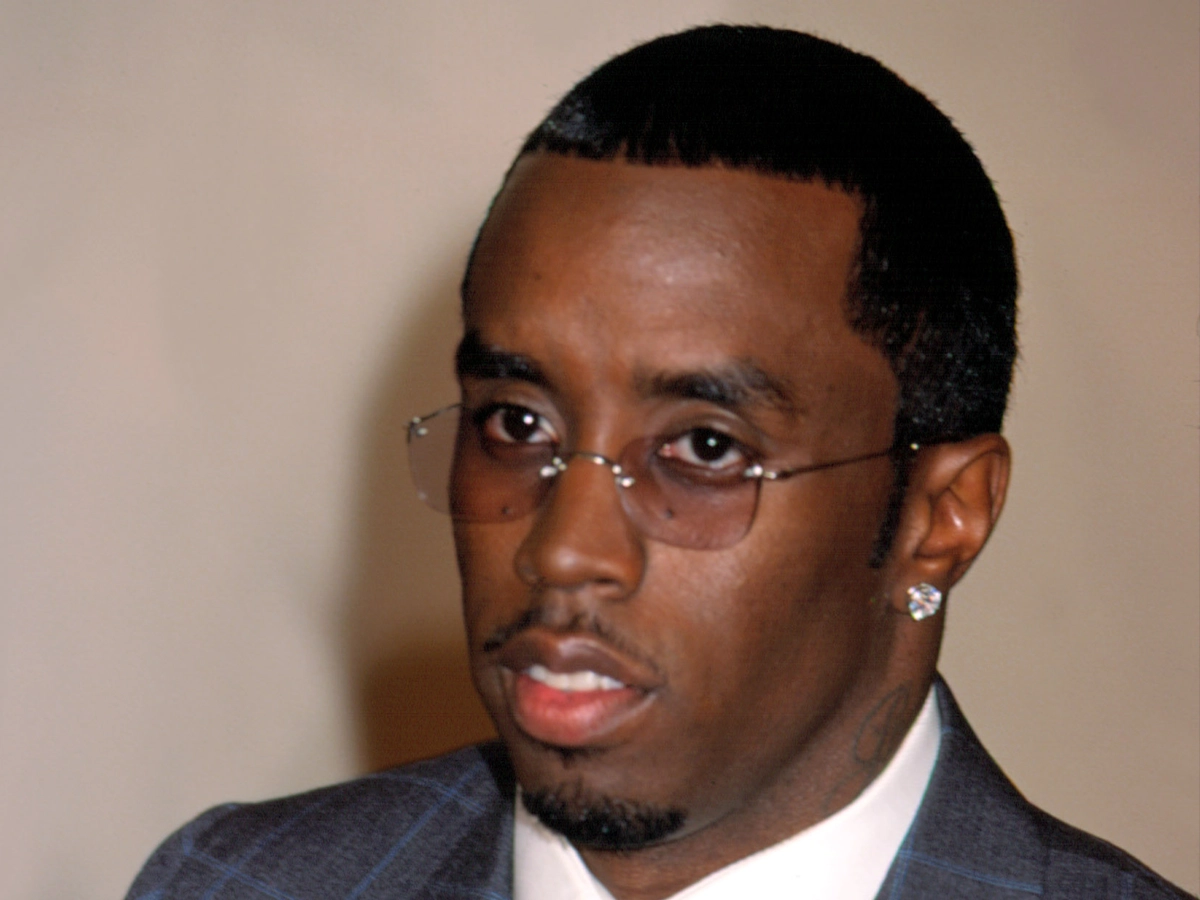Will the Great Barrier Reef be Labeled “In Danger”?

Australia’s Great Barrier Reef is a global symbol of ocean protection. The World Heritage site is also the largest coral reef system on the planet, spanning over 2,300 kilometres with over 2,900 reefs. Its importance to the health of the planet and the oceans is undeniable, yet it faces a crisis that could lead UNESCO to label it “In Danger.”
Current Threats to the Great Barrier Reef
Like other global reef systems, rising water temperatures and pollution are taking a toll on the health of the Great Barrier Reef. One of the biggest threats is coral bleaching. This happens when algae, the living tissue that feeds the coral and gives it its colour, leaves because of stresses like pollution or changes in light and temperature. These events in the Great Barrier Reef have unfortunately become more common. Research by the Australian Institute of Marine Science (AIMS) shows that roughly 14% of the world’s coral reefs have been killed off because of bleaching.
On top of rising sea temperatures, the famous reef system has seen outbreaks of the crown-of-thorns starfish. Although this starfish naturally feeds on coral in the Great Barrier Reef, any outbreak after bleaching events can be devastating. On top of starfish outbreaks, the Great Barrier Reef is under threat from pollution, including sediment, nutrient, and pesticide runoff.
Australia has put plans in place to curb the loss of its money-making reefs. The Reef 2050 Long-Term Sustainability Plan was put in place in 2015 to protect and manage the reef until 2050. The Australian Government has also pledged over AUD 2 billion until 2025 towards improving water quality, reducing crown-of-thorns starfish outbreaks, and enhancing reef resilience.
The Danger of the “In Danger” Label
This year, UNESCO held a meeting to debate the inclusion of the Great Barrier Reef in its list of places categorised as “in danger.” The Australian government was quick to protest the label. The Great Barrier Reef brings in roughly AUD 6.4 billion in annual tourism revenue a year, and having an “in danger” label could cause tourists to travel elsewhere. Its impact on jobs and the economy could be catastrophic. The label could also impact Australia’s reputation for being a leader in environmental stewardship and cause scrutiny over climate change policies in the future.
Fortunately, the UNESCO committee stopped just short of adding the reef system to the list, praising the Australian government’s actions to prevent a crisis. In response to the decision, Prime Minister Anthony Albanese told reporters, “The draft decision cites ‘significant progress’ being made on climate change, water quality, and sustainable fishing—all putting the reef on a stronger and more sustainable path.”
Although UNESCO still considers the Great Barrier Reef threatened, it has agreed with the Australian government to hold back from labelling it in danger. For its part, the Australian government promised to use A$1.2 billion in funding to protect the reef and limit pollution from industries in neighbouring Queensland. The government is to give UNESCO a report of its progress by February 2024.







Have your say